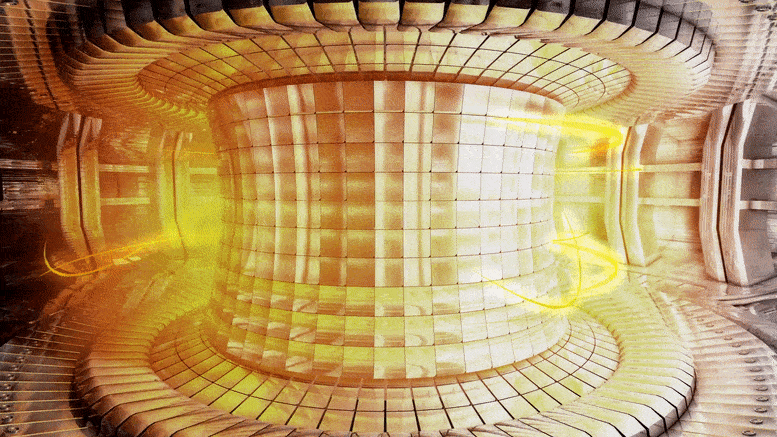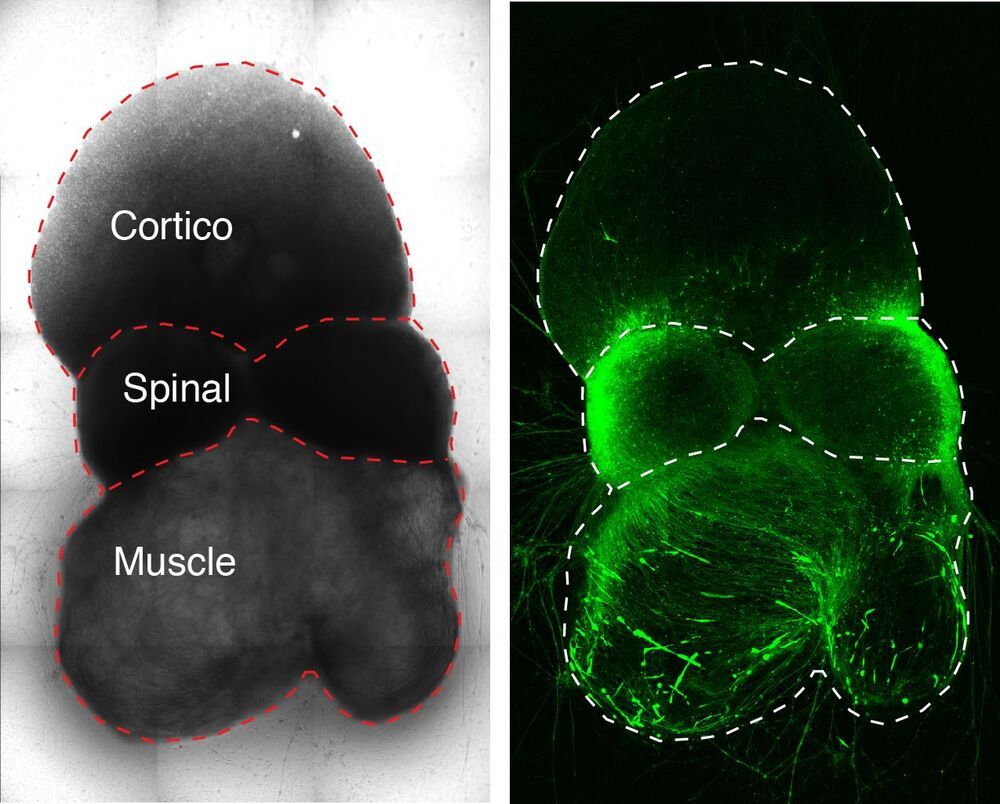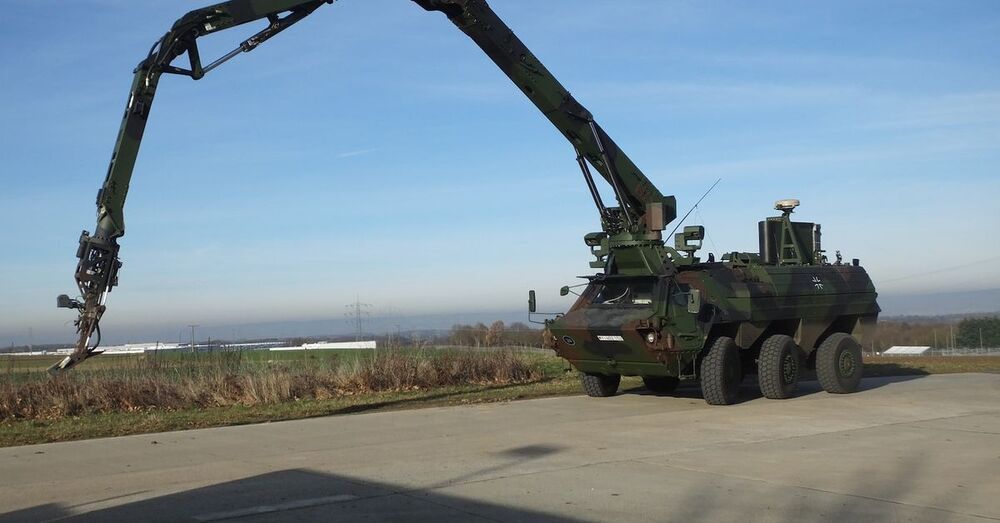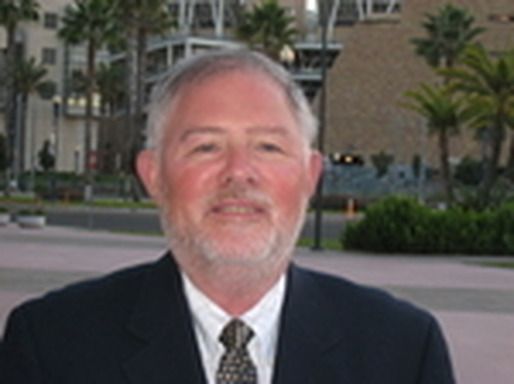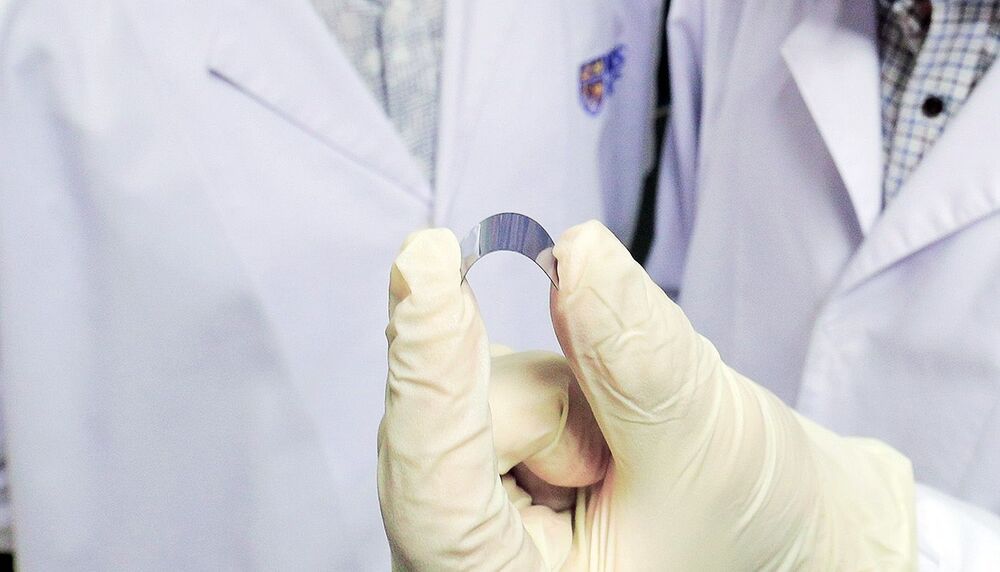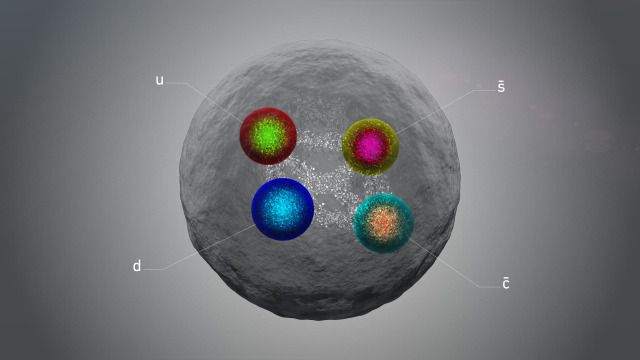KSTAR sets the new world record of 20-sec-long operation at 100 million °C. Aims to continuously operate high-temperature plasma over the 100-million-degree for 300 seconds by 2025.
The Korea Superconducting Tokamak Advanced Research (KSTAR), a superconducting fusion device also known as the Korean artificial sun, set the new world record as it succeeded in maintaining the high temperature plasma for 20 seconds with an ion temperature over 100 million degrees.
On November 24, 2020, the KSTAR Research Center at the Korea Institute of Fusion Energy (KEF) announced that in a joint research with the Seoul National University (SNU) and Columbia University of the United States, it succeeded in continuous operation of plasma for 20 seconds with an ion-temperature higher than 100 million degrees, which is one of the core conditions of nuclear fusion in the 2020 KSTAR Plasma Campaign.
